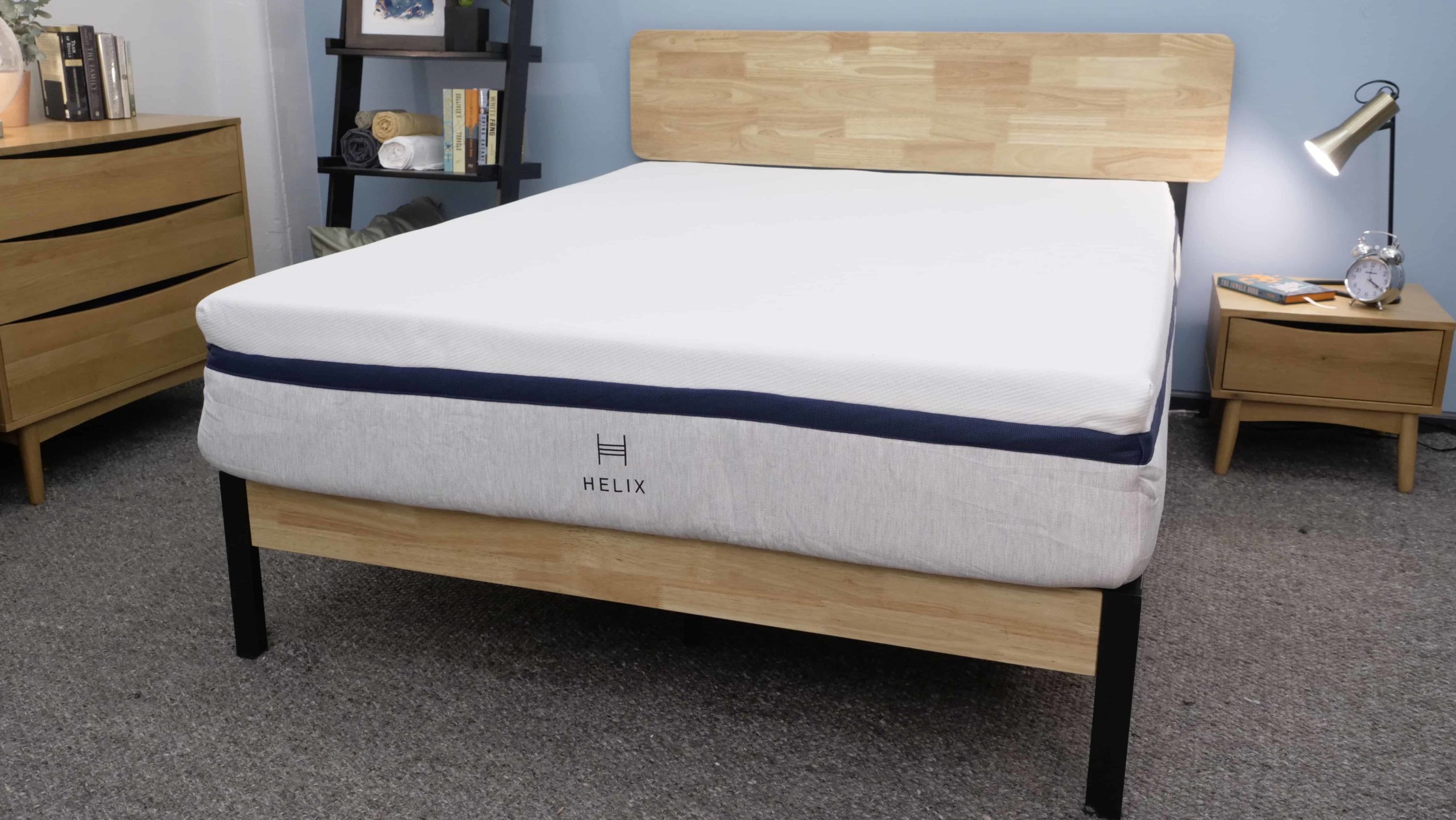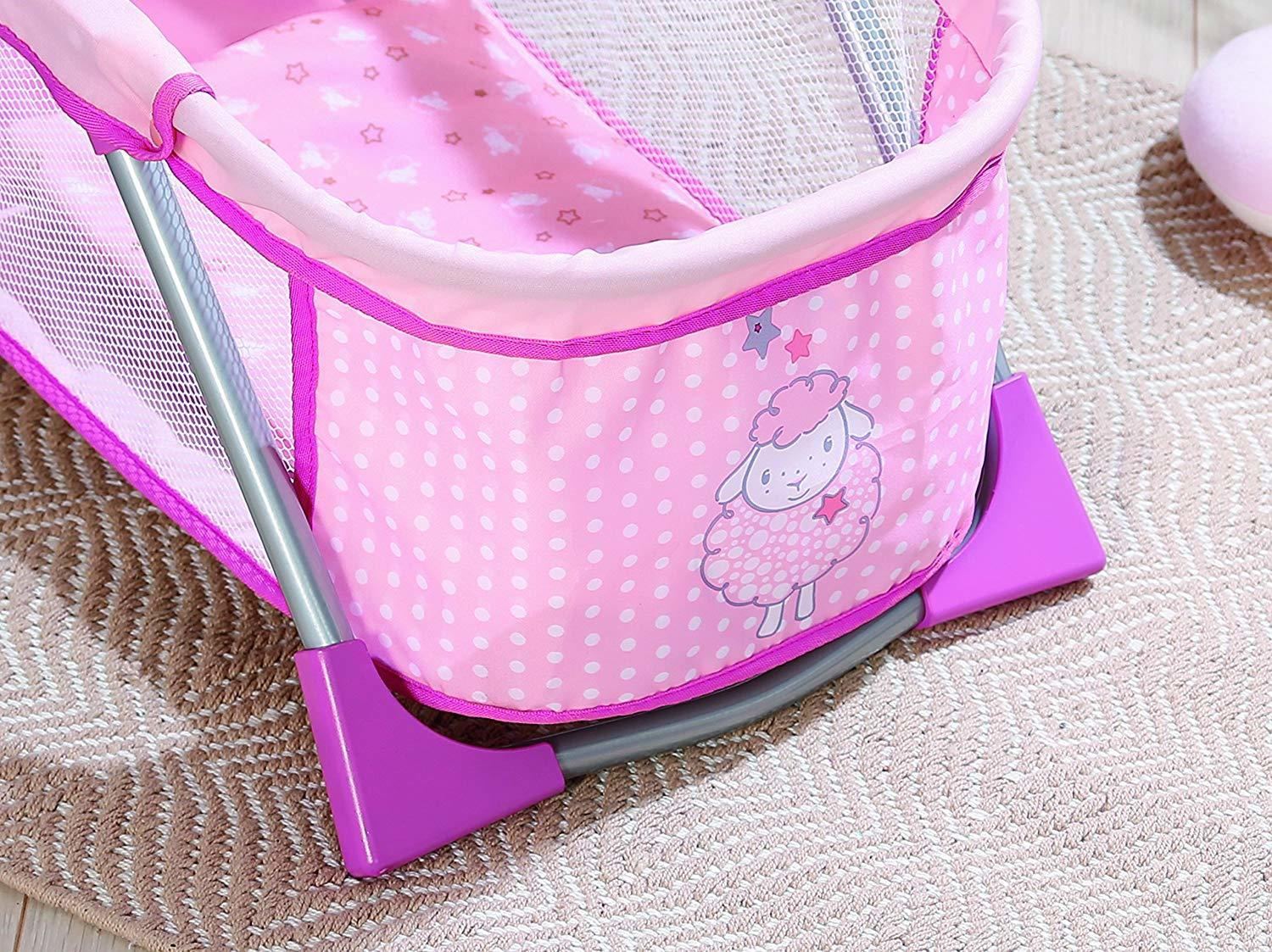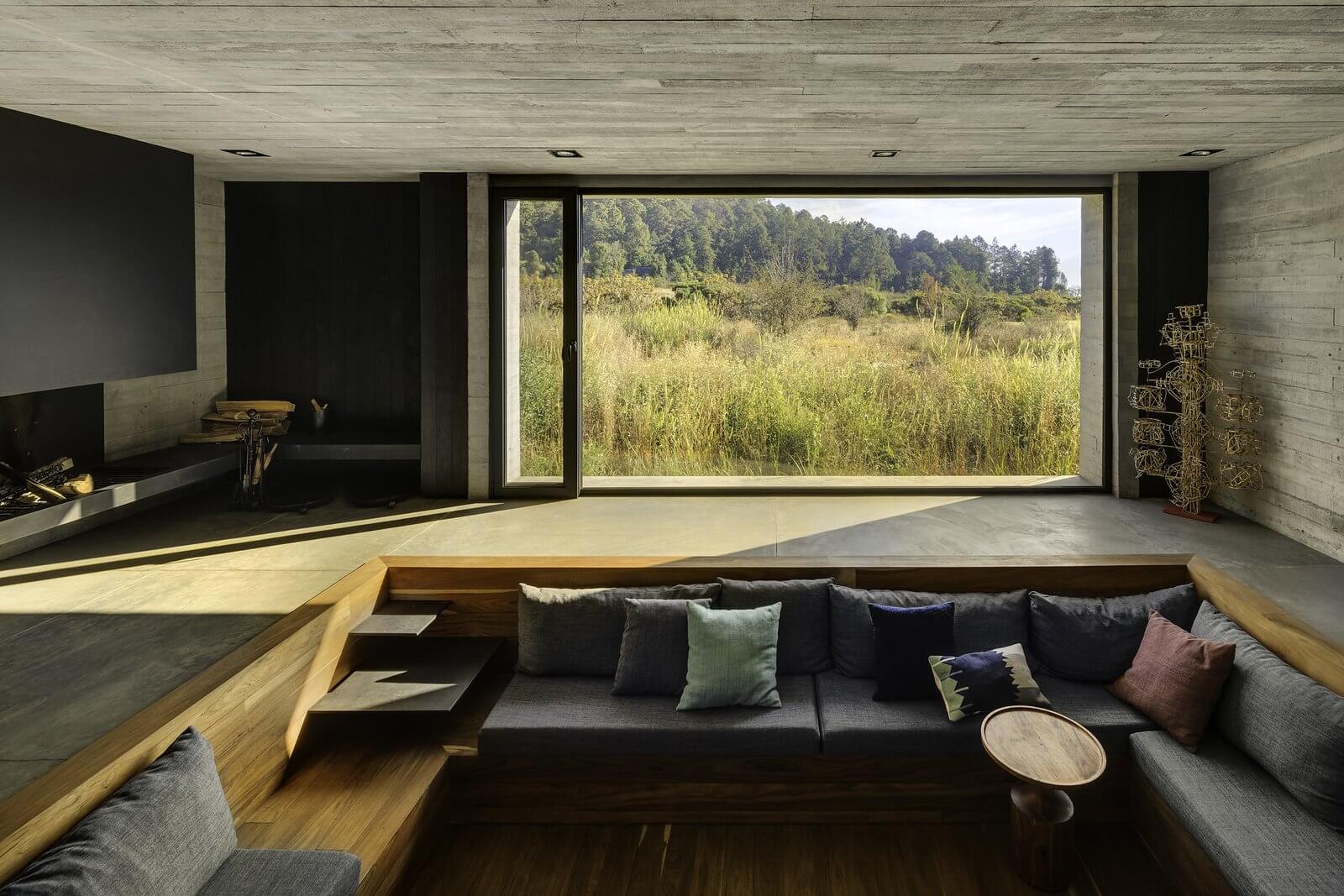Interior slab doors are an essential part of your home's design. They offer both aesthetic and practical benefits, like providing privacy and protection in high-traffic areas. At the same time, they can give your space a different look or feel, whether that's modern or classic. As a homeowner, you must make several decisions when selecting interior slab doors, one of the most important being solid wood vs hollow core. The right choice may depend on the look you're going for, your budget, and the quality of the door. Solid wood doors provide improved sound insulation when compared to hollow core doors. This makes them ideal for bedrooms, bathrooms, media rooms, and other places that demand more privacy. Besides this, they do a better job withstanding wear and tear. They're also more durable, and you don't have to worry about them warping or cracking. On the downside, solid wood doors are, of course, pricier than hollow core. Additionally, they may require more frequent repainting or sealing if exposed to moisture. Hollow core doors, on the other hand, are generally slightly less sturdy, but they also offer better insulation against heat and cold than solid wood. In most cases, hollow core doors are less expensive than their solid wood counterparts. They may also require less maintenance, meaning you may not need to repaint or replace them as often. However, if you have a high-traffic area in the home, such as a mudroom or hallway, a hollow core door may not hold up as well.Interior Slab Doors: Solid Wood vs Hollow Core
Before buying a new interior slab door, it’s essential to measure the door frame to ensure you purchase the right size. Take a measuring tape and measure the width of the door frame opening. Then, measure the height of the frame. Next, you'll need to measure the thickness. This is done by measuring the distance between the door’s top and bottom casing or the doorway’s side to side frame. Finally, measure the track area, if applicable, which is the track you’ll need to install the door. Correct measurements are crucial for successfully fitting a door. Take the measurements you've collected and use them to calculate the size of the door you need. The size is indicated by two numbers, such as 28x81, which stands for a 28-inch-wide, 81-inch-tall door. The width should be the same as the width of the opening or slightly smaller than the opening, so it fits properly. For the height, you'll want to aim for approximately a quarter inch to 2 inches smaller than the opening.How to Measure Your Interior Doors
Interior doors come in a wide variety of styles, patterns, and materials. Before selecting a door, it's important to consider the look you want to create. For example, traditional stain-grade doors will give your space a timeless, classic texture. Then there are painted doors, which provide a more modern look. For a unique style, you can even opt for glass doors or carved doors. Wood doors are a popular choice because they come in many finishes and styles. In addition to style, you should also consider the material. Wood is the most popular option, but other materials such as steel, aluminum, and fiberglass are also becoming popular. Each material has its pros and cons. For instance, steel doors are strong and durable, but not as aesthetically pleasing as wooden doors. Fiberglass is more affordable, but it's not as durable as other materials. Another factor to consider is maintenance; some materials require more maintenance than others.Guide To Interior Doors: Styles, Patterns, & Materials
Besides traditional interior doors, there are other types of doors that you can choose for your home. These include French doors, bi-fold doors, and pocket doors. French doors typically have an arch or rectangular top and have glass and solid panels. The panels open inwards or outwards - depending on the type you choose. They offer a beautiful finish and add an elegant touch to any room. Bar doors, also known as accordion doors, are designed to slide back and forth for easy access. They can be decorated with stained glass or frosted glass to provide a unique look.
Pocket doors are installed in a track so they fit flush against the wall when opened. They’re ideal if you want to keep a room’s aesthetic uncluttered, as they disappear into the wall. Some pocket doors are double doors, allowing you to open them into adjacent rooms.Interior Doors: French Doors, Bar Doors, & More
Today's home designs have an array of options for modern interior door designs. With the right door, you can easily add charm and character to any room. Traditional panel doors remain popular, but there's so much more you can do. Architecturally designed doors, such as sliders, pivot doors, and barn doors, are gaining traction. These doors feature sharp lines, warm colors, and sleek contours - perfect for creating a modern look. Materials play a role in the modern look as well. Glass and metal are both great choices for modern spaces. You can choose from many contemporary options, like frosted glass doors, which give your space a sophisticated touch. Or, for something even more eye-catching, choose textured glass doors with metal frames to add a bit of glam to the room.Modern Interior Door Designs for Most Stylish Room Transitions
Today, interior doors come in a wide range of shapes and styles - from traditional paneled doors to more modern configurations. A common option is a six-panel door, which has two rows of three panels. This type of door typically has a rectangular or arch-shaped top. Bifold doors consist of two-leaf doors that open from the center. Some bifold doors have a solid top and bottom, while others are entirely glass. You can also find doors with arched or angled tops. These include French doors, which feature glass and opaque panels that open inwards or outwards. French doors are usually used as entry doors and as dividers between large spaces, like living rooms and dining rooms. Sliding doors are another option, and they are often used to divide rooms without taking up too much space.Interior Doors: Types of Doors, Shapes, & Styles
Installing a interior slab door is a relatively easy process, but like all projects, careful preparation is key. Start by measuring the width and height of the frame opening and subtract one-eighth of an inch from each for clearance. Then measure the depth of the opening if you’re installing a pre-hung door. Once you have the measurements, take your new door to the hardware store and have it cut to fit. Next, remove any existing door and any hardware. Use a level to make sure the jamb is straight and then fasten the door with screws. Now is the time to install the latch, knob, or handle. Then, trim the door jamb with a saw so the new door will fit. Lastly, seal the gap between the doorframe and the door with a sealing caulk. Be sure to use a quality caulk for a lasting seal.How To Install Interior Slab Doors
If you’re looking for contemporary house designs with innovative door styles, you’ve come to the right place. One of the most popular modern door styles is the pivot door. Pivot doors are designed with wonderfully weighted pivots that hang from metal hardware and create a striking entrance that can make a bold statement. Barn doors are another popular option, as they add an unexpected and unique touch to any room. Reclaimed wood doors are also trending; many homeowners have added a rustic character to their homes with this style. Of course, the traditional panel door is still a popular choice. It provides a timeless touch, especially when painted a classic color.Modern House Designs With Innovative Door Styles
If you're installing a new interior slab door, it's important to put safety first. Use caution when handling and installing the door, and make sure you use the right tools for the job. First, check to make sure the hinge and knobs are lined up with the frame. To attach the hinges, you'll need a drill and some wood screws. Start with the top hinge and work your way down to the bottom. Next, attach the strike plate to the door jamb. This will keep the door securely in place when it's shut. For an extra layer of security, install a deadbolt. Be sure to thoroughly test the door for proper functionality after installation. Finally, attach the knob and any other hardware that came with the door and you’re done. Today, interior slab doors come in a variety of materials, styles, and designs. For example, you can choose from stained wood doors, modern glass doors, or doors with intricate hardware. One of the trends right now is incorporating natural elements for Earth-inspired designs. For instance, some stained wood doors feature a wood-grain finish with a natural texture and look. This type of door provides a timeless look with timeless charm. Another popular trend is incorporating metal elements like steel or aluminum. These metals add a modern and sleek touch to any room. You can also combine materials by opting for a door with a steel or aluminum frame and a wood panel. This type of door is perfect for creating a sleek and modern look in your home. With so many options to choose from, it's easy to find the perfect interior slab door for your home.Interior Slab Door Installation
Features of a Slab Interior Door
 Interior doors come in a variety of materials, styles, and features. The
slab door
is a single solid unit that works well for areas where a traditional swinging door is not ideal. Slab interior doors are generally cost-effective, easy to install, and often preferred in smaller spaces.
Interior doors come in a variety of materials, styles, and features. The
slab door
is a single solid unit that works well for areas where a traditional swinging door is not ideal. Slab interior doors are generally cost-effective, easy to install, and often preferred in smaller spaces.
Advantages of Slab Doors
 The main advantage of a
slab door
is the lack of frames or hinges. This makes it easy to install and also flexible in terms of interior design. Slab doors can fit within a variety of existing door frames and come in a range of sizes. A typical slab door is easy to maneuver and requires minimal effort to open or close.
The main advantage of a
slab door
is the lack of frames or hinges. This makes it easy to install and also flexible in terms of interior design. Slab doors can fit within a variety of existing door frames and come in a range of sizes. A typical slab door is easy to maneuver and requires minimal effort to open or close.
Comparing Solid and Hollow Slab Doors
 When selecting a slab interior door, there are two main types available — solid and hollow. Solid interior doors are sturdier, with higher densities of wood, and are a more step option for heavy-duty applications. Hollow interior doors are usually made with laminates, engineered wood, or even with a combination of both materials. These are more cost-effective and lightweight, which makes them easier to install and provides a higher level of sound insulation.
When selecting a slab interior door, there are two main types available — solid and hollow. Solid interior doors are sturdier, with higher densities of wood, and are a more step option for heavy-duty applications. Hollow interior doors are usually made with laminates, engineered wood, or even with a combination of both materials. These are more cost-effective and lightweight, which makes them easier to install and provides a higher level of sound insulation.
Choosing Between Slab Doors and Hinged Doors
 For smaller homes and apartments, a
slab interior door
is a good option because it does not take up a lot of space and is more convenient to fit into tight spaces. For bigger homes, however, a traditional hinged door may be a better option. Hinged doors allow for more movement, have a more elegant look, and take up more space than a typical slab door.
For smaller homes and apartments, a
slab interior door
is a good option because it does not take up a lot of space and is more convenient to fit into tight spaces. For bigger homes, however, a traditional hinged door may be a better option. Hinged doors allow for more movement, have a more elegant look, and take up more space than a typical slab door.
HTML Code for Above Text

Features of a Slab Interior Door

Interior doors come in a variety of materials, styles, and features. The slab door is a single solid unit that works well for areas where a traditional swinging door is not ideal. Slab interior doors are generally cost-effective, easy to install, and often preferred in smaller spaces.
Advantages of Slab Doors

The main advantage of a slab door is the lack of frames or hinges. This makes it easy to install and also flexible in terms of interior design. Slab doors can fit within a variety of existing door frames and come in a range of sizes. A typical slab door is easy to maneuver and requires minimal effort to open or close.
Comparing Solid and Hollow Slab Doors

When selecting a slab interior door, there are two main types available — solid and hollow. Solid interior doors are sturdier, with higher densities of wood, and are a more step option for heavy-duty applications. Hollow interior doors are usually made with laminates, engineered wood, or even with a combination of both materials. These are more cost-effective and lightweight, which makes them easier to install and provides a higher level of sound insulation.
Choosing Between Slab Doors and Hinged Doors

For smaller homes and apartments, a slab interior door is a good option because it does not take up a lot of space and is more convenient to fit into tight spaces. For bigger homes, however, a traditional hinged door may be a better option. Hinged doors allow for more movement, have a more elegant look, and take up more space than a typical slab door.















































































